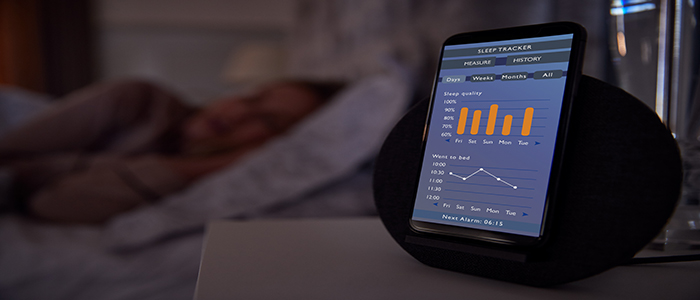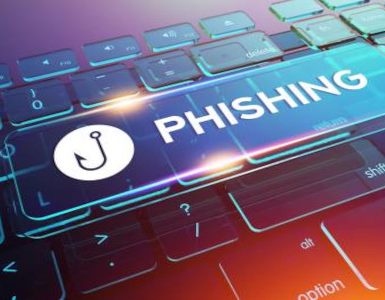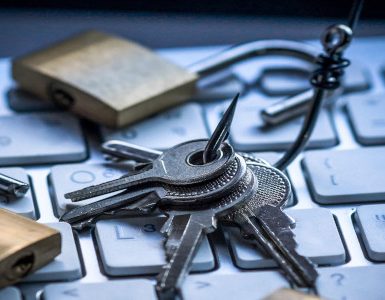Over the years, technology and especially the Internet have become an omnipresent part of our lives. Even if you go back to the 1990s, computers weren’t really commonplace in many people’s homes. They were devices you interacted with – likely briefly – at work or school. If you had access to an Internet connection – which you probably didn’t – it was so slow that you couldn’t really do much beyond looking up basic information on a handful of websites.
Flash forward to today, and we now carry devices around with us in our pockets all day long that are literally more powerful than the computers NASA used to send men to the moon. The sum total of all human knowledge is accessible at a moment’s notice thanks to the smartphone that fits in the palm of your hand. It’s an incredible time to be alive – but it’s also a dangerous one, too.
Every day, people fall victim to the more than 100,000 malicious websites on the Internet. More than 10,000 malicious files are uploaded every day. It’s a situation that can certainly keep you up at night – but it doesn’t have to, provided that you keep the following best practices by your side.
Eliminating the Downsides of Modern Technology
One of the most important technology best practices for business owners in particular involves putting together a document that outlines all of your organization’s cybersecurity policies in great detail.
To get to this point, you’ll need to make an effort to truly understand your network – and your users. You need to assess everything so that you know where your potential vulnerabilities are, and once armed with that information you can put policies in place to help mitigate them as much as you can.
Doing so accomplishes a few key things, all at the same time. For starters, it helps to clearly communicate exactly what is expected of all employees in terms of staying safe online. Secondly, it should also outline the consequences that someone will face if they fail to embrace these policies – thus providing them additional incentive to do so.
Along the same lines, you also don’t want to take mobile devices like smartphones and tablets for granted. This is especially true if yours is a workplace that embraces a “Bring Your Own Device” or “BYOD” environment.
Even smart watches and similar types of fitness trackers likely have Wi-Fi connectivity – which means that at some point, they’re probably going to be connected to your network. Keep in mind that any device is a potential vulnerability waiting to be exploited by someone who knows what they’re doing, so you want to make sure that all of this technology is a part of your larger cybersecurity plan.
The Importance of Ongoing Education
But if you really want to be able to sleep at night, the most important step for you to take involves prioritizing thorough and ongoing cybersecurity education for every last person who works for your company.
Phishing attacks, for example, are one of the most prominent taking place on the Internet today. They rely on social engineering to get someone to click a link that they shouldn’t, or download a file that will ultimately do a computer harm. If you want your employees to be able to avoid this type of attack, they need to know how to spot one and what to do if one occurs – which is why this level of training and education is so important.
Likewise, they should know how to protect themselves online – which will ultimately help them protect your company. You need to tell them that they should never enter personal or company information on a pop-up website, for example. They shouldn’t offer sensitive data in any form of communication that they themselves didn’t start. Teach them not to respond to emails from senders who they don’t actually know.
All of this sounds straightforward, and from a certain perspective it is. But it needs to be said because the stakes in this situation are so high. One moment, an employee gets an email that they don’t pay too much attention to with an attachment. They download the file and click on it because they didn’t know any better, and suddenly that machine – and probably every other one on the network – is the victim of a ransomware attack. Yes, it really can happen that quickly.
Therefore, they need to be given the resources they need to protect themselves – which will ultimately help them protect you. This is a part of your job as an organizational leader. By putting in this level of effort, however, you’ll be able to sleep better at night – which really is the most important goal of all.


















Add comment